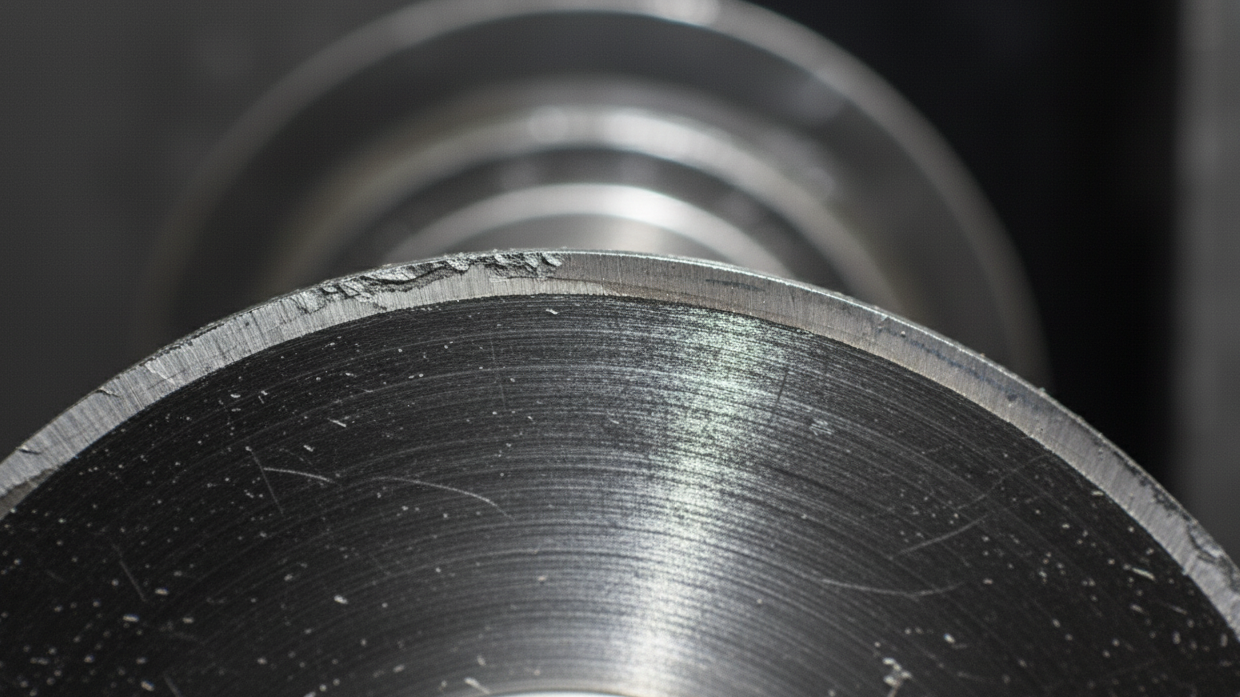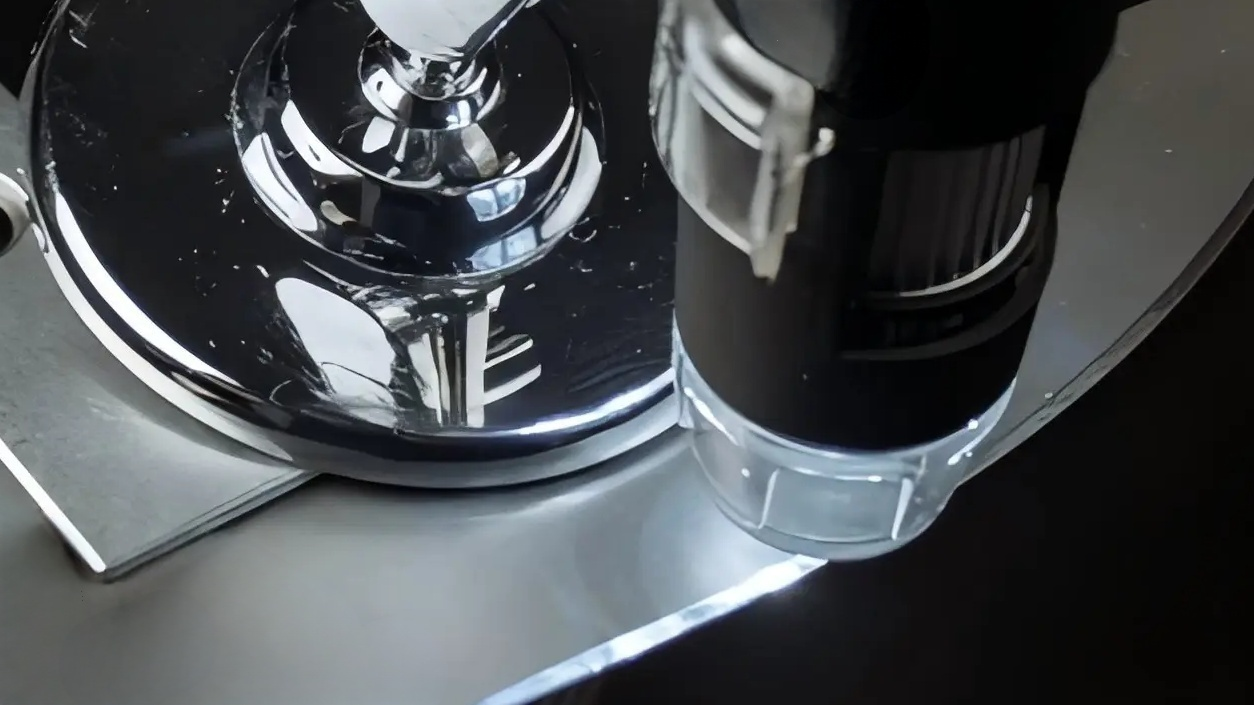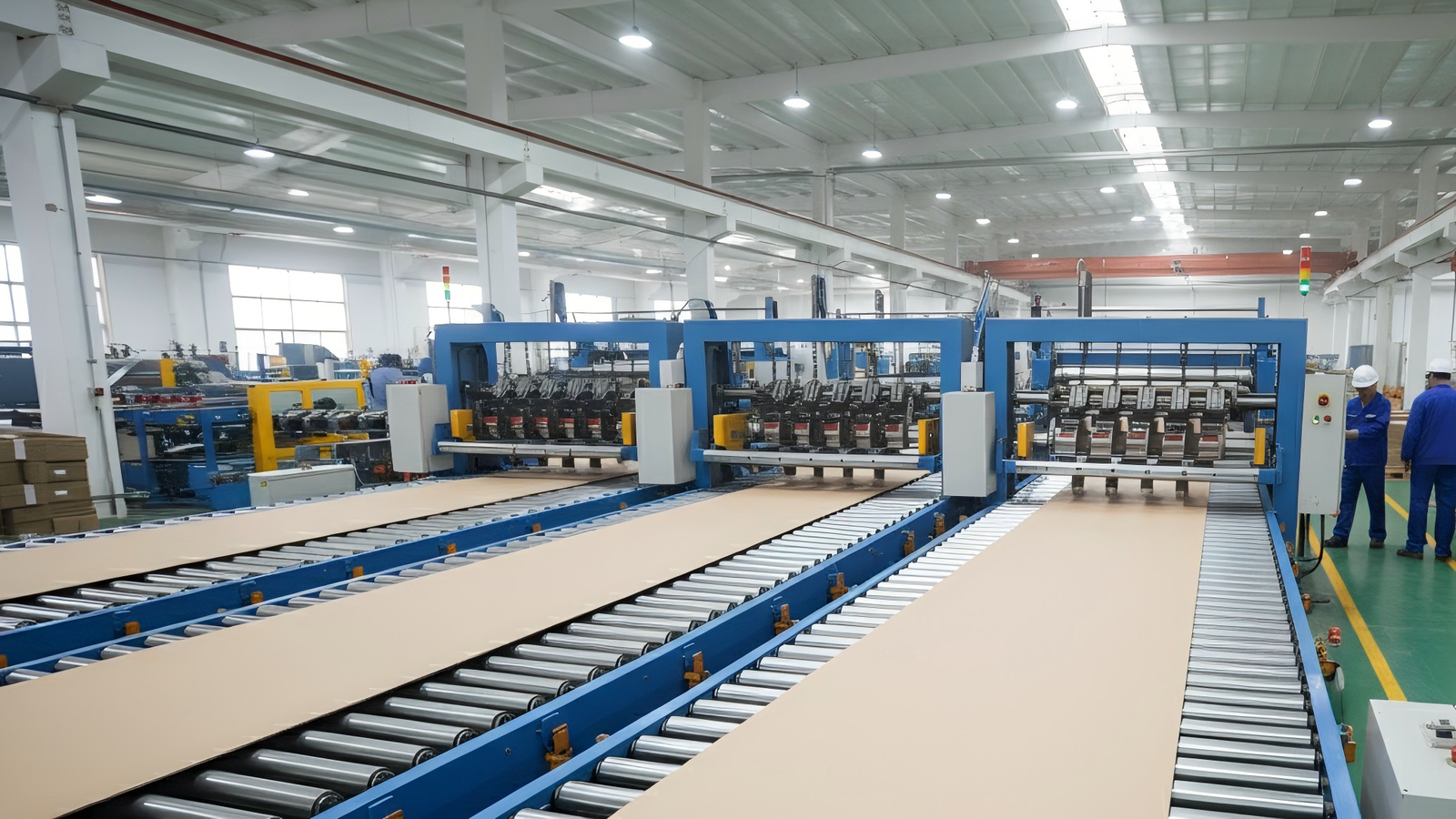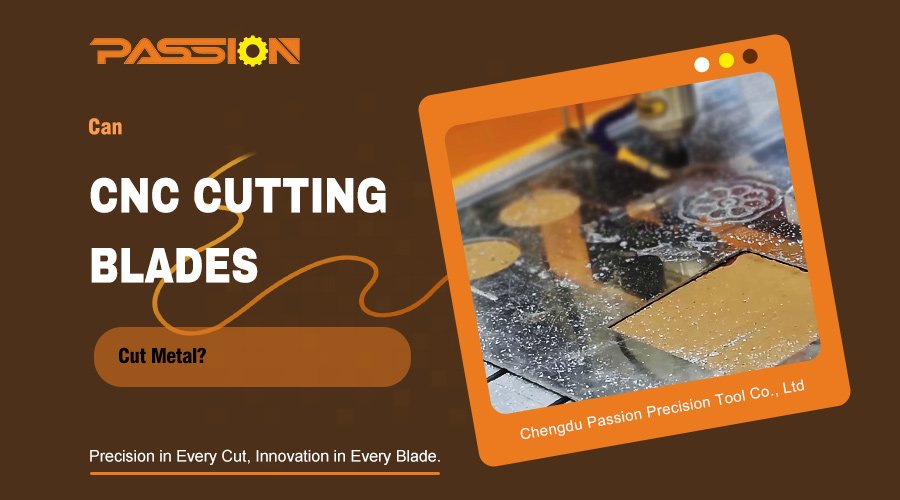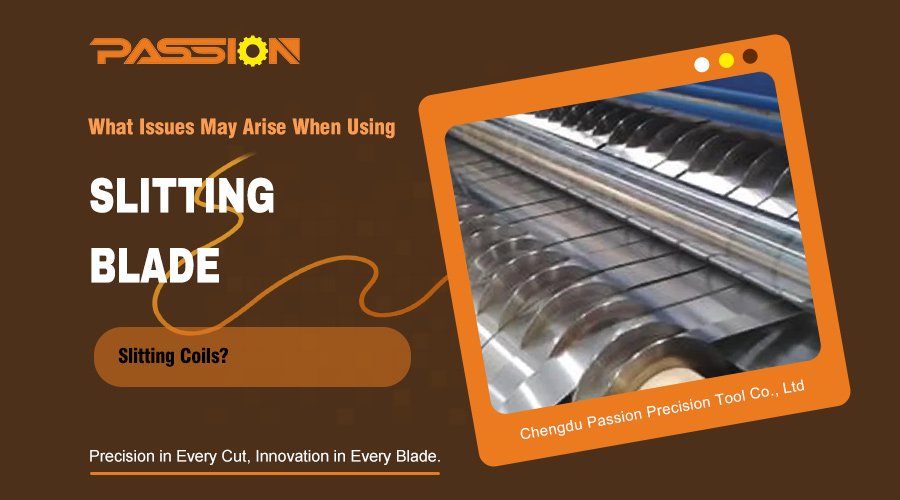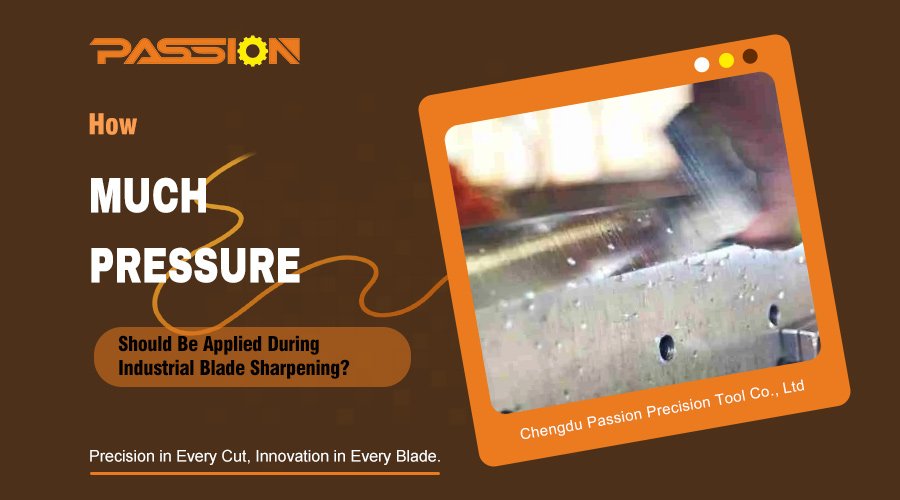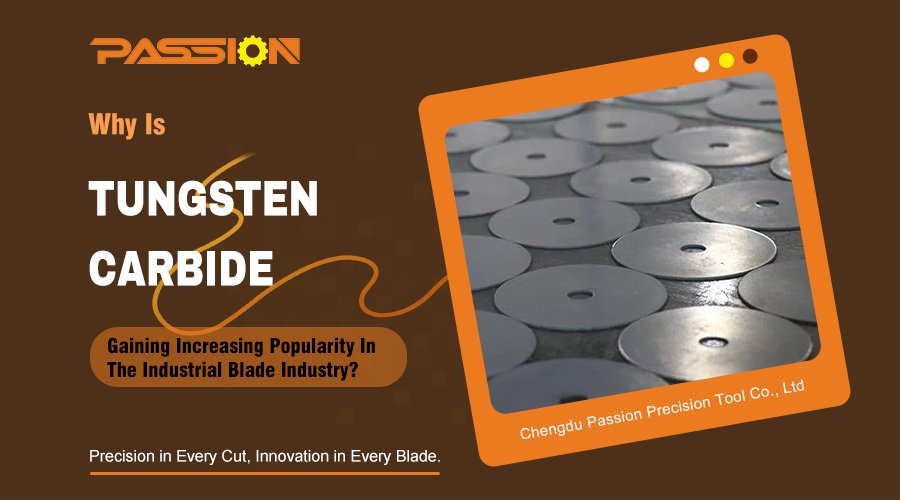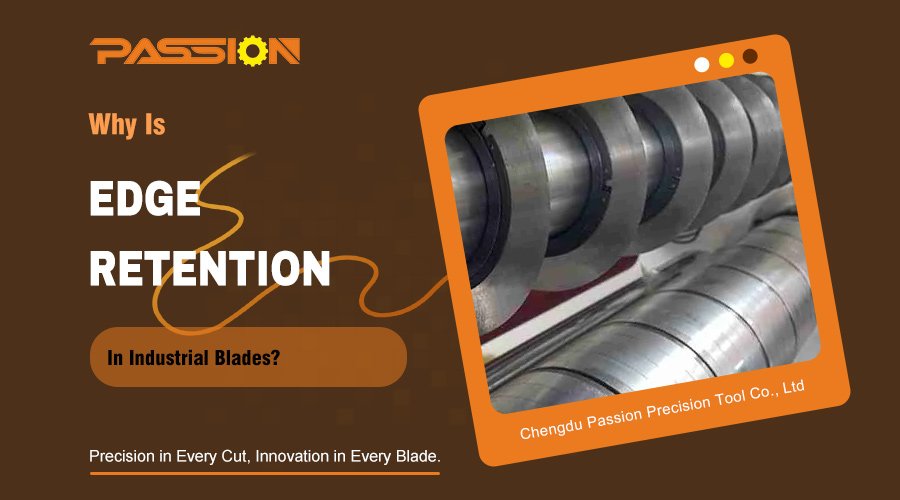Worn blades are quietly killing your production. They cause bad-quality products and costly machine downtime. Learning the signs of a dull blade will save you time and money.
The main signs that a blade needs replacement are either direct or indirect. Direct signs include visible edge wear, nicks, or rust. Indirect signs are poor cut quality, strange machine noises, or a sudden drop in product yield. These tell you it is time for a change.
Knowing these signs is the first step to maintaining a smooth and efficient production line. But how do you spot them? Let's break it down into what you can see with your own eyes and what your process tells you. This will help you keep everything running perfectly.
How Can You Directly Spot A Worn-Out Blade During An Inspection?
A dull blade can hide until it causes a catastrophic failure. This sudden stop costs you serious money. Regular visual checks can catch these problems before they start.
During a machine shutdown, look closely at the blade. Use a magnifying glass if you need to. You are looking for a rounded cutting edge, small chips or cracks, and any signs of rust or corrosion. These are clear signals for immediate replacement.
I always tell my customers that the easiest way to prevent big problems is to look for small ones. When your machine is shut down for maintenance, you should take a moment to inspect the blades. It does not take long, but it can save you a huge headache later. Based on my experience at PASSION, these are the three things you need to look for.
Edge Wear
The most common issue is simple wear and tear. The cutting edge, which should be sharp, becomes rounded and blunt. You might need a magnifying glass to see it clearly, but you will notice a small, shiny band along the edge. This means the blade is no longer cutting efficiently. Instead, it is tearing or pushing through the material. This is your number one sign to swap it out for a new one from our precision line.
Chipping And Cracks
Look for tiny nicks, chips, or even small cracks on the cutting edge. These are very serious. A small chip can ruin the quality of your cut and leave a messy finish. Worse, a piece could break off and contaminate your product. This is a huge risk, especially in the food or medical industries. A crack can also grow and cause the entire blade to fail. This could damage your expensive equipment.
Rust And Corrosion
Finally, check for any rust spots on the blade. Rust weakens the steel and compromises the blade's strength. If you see corrosion near the cutting edge, the blade will wear down much faster. In industries like food processing or pharmaceuticals, rust is also a major hygiene violation that can put your entire operation at risk.
| Direct Sign | What to Look For | Impact on Production |
|---|---|---|
| Edge Wear | Rounded, blunt, or shiny cutting edge | Tearing instead of cutting, poor finish |
| Chipping/Cracks | Nicks, missing pieces, or lines on the edge | Bad cuts, product contamination, blade failure |
| Rust/Corrosion | Orange or brown spots on the blade surface | Weaker blade, hygiene risk, faster wear |
What Indirect Clues Does Your Production Process Give You?
Your production numbers are down, but you cannot find the reason. This invisible problem is costing you money. Your machine is actually trying to tell you something is wrong.
Your process provides many clues. The most obvious is a drop in cut quality, like rough edges or burrs. You may also hear new, louder noises or feel more vibration from the machine. A rising scrap rate is another sure sign.
Sometimes, you do not need to see the blade to know it's failing. Your entire production process can give you hints. We help customers tune in to what their machines are telling them. You just have to know what to listen and look for.
Deteriorating Cut Quality
This is the most direct "indirect" sign. Are your cuts becoming rough? Do you see more burrs or torn edges? Maybe the material is being crushed instead of cleanly sliced. Or perhaps the final dimensions are no longer accurate. These are all classic symptoms of a dull blade that is struggling to do its job. It is pushing and deforming the material instead of cutting it. A quality PASSION blade is designed инновационно to prevent this, but even the best blades wear out.
Abnormal Equipment Conditions
Pay attention to your machine's behavior. A dull blade requires more force to cut. This extra force can cause the motor's current to spike. It can also lead to much more vibration and noise during operation. You might also notice material, like dust or adhesive, sticking to the blade. This happens because the increased friction is creating heat. These are all signs of a system under stress, and the blade is often the culprit.
Declining Product Yield
Are you producing more scrap? Is your team spending more time on rework? A sudden increase in rejected products is often tied directly to poor cutting. When a blade can't cut with precision, it leads to waste. Tracking your yield is a great way to monitor blade health over time. A dip in good-quality output is a clear red flag that it is time to investigate your cutting tools.
| Indirect Sign | What to Notice | What it Means |
|---|---|---|
| Poor Cut Quality | Rough edges, burrs, tearing, wrong size | Blade is dull and no longer slicing cleanly. |
| Abnormal Machine | Louder noise, more vibration, motor spikes | Blade is working too hard, creating stress. |
| Lower Yield | More scrap, products fail quality checks | Blade is not cutting accurately, causing waste. |
How Did A Worn Blade Affect A Real-World Production Line?
Small, nagging issues on the production line are easy to ignore. But they often grow into major losses. Here is how one customer traced their production drop to a single, overlooked cause.
I worked with a customer in the corrugated industry who saw a 7% drop in yield. They also heard loud vibrations. We discovered the cause was a tungsten carbide blade1 with a worn edge and dust buildup. A simple replacement and cleaning schedule fixed it.
The root cause was twofold: a lack of timely blade replacement and no regular cleaning schedule. We help they put a simple plan in place. Now, they replace any blade once the edge wear gets to 0.03–0.05 mm. They also inspect and clean the blades every 24 hours to prevent dust buildup. Finally, we let them re-check the cutting pressure and alignment. Their yield went right back up, and the machine ran smoothly again. It is a perfect example of how small details have a huge impact.
Conclusion
Paying attention to both direct and indirect signs is key. Timely blade replacement protects your production quality, improves safety, and keeps your entire operation running efficiently and profitably.
Discover the advantages of tungsten carbide blades for precision cutting in various industries. ↩


